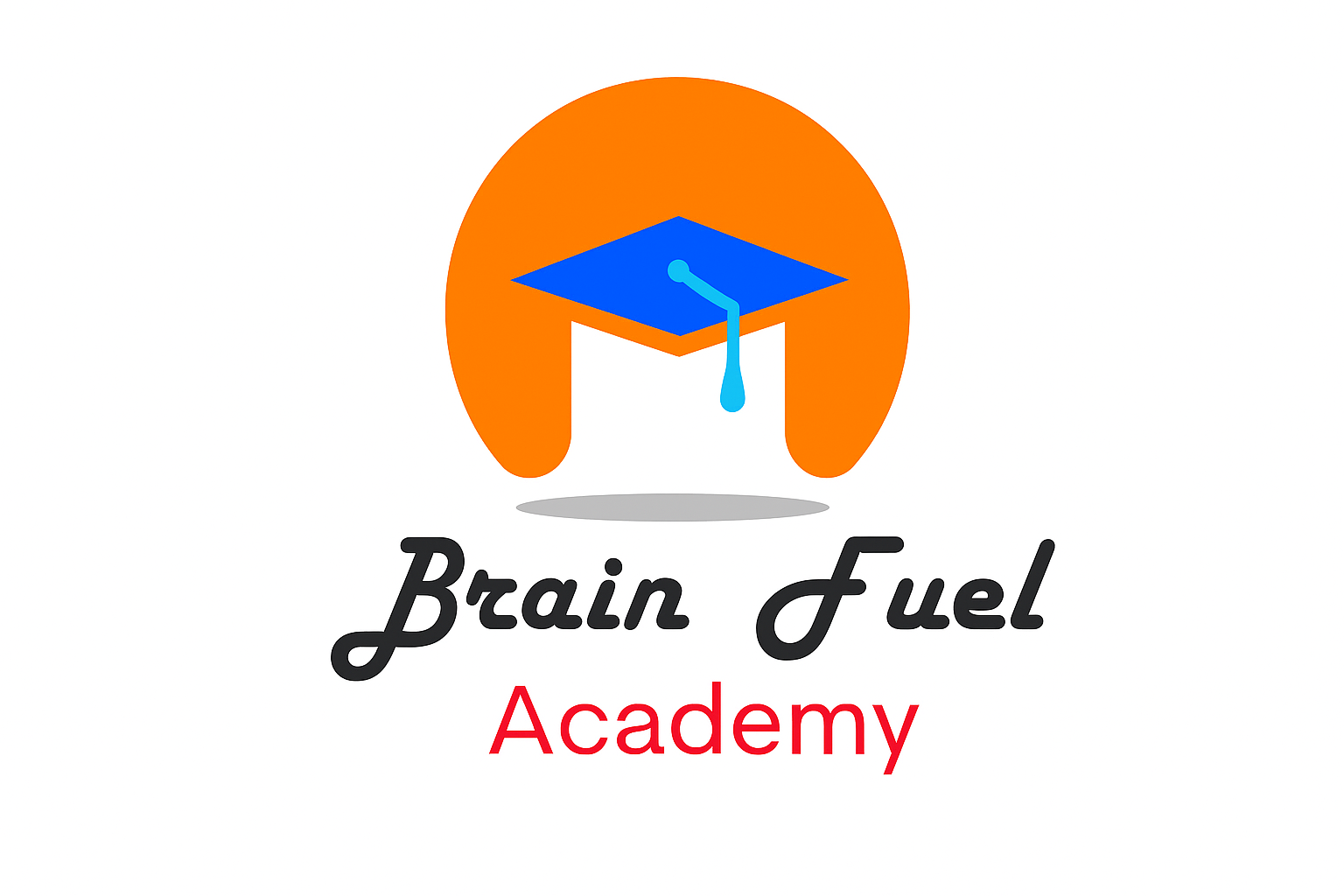Currently Empty: $0.00
Lecture on Essential Punctuation for English Writing
Good [morning/afternoon] students! Welcome to today’s lecture on Essential Punctuation for English Writing. Punctuation is the backbone of written communication. It helps clarify meaning, organize thoughts, and ensure that your writing is clear and easily understood. While it may seem like a small detail, proper punctuation can make a huge difference in the impact and effectiveness of your writing.
Why is Punctuation Important?
Punctuation marks are symbols used to structure and organize writing, indicating pauses, stops, and the relationships between ideas. Without punctuation, writing can become confusing, ambiguous, and difficult to understand. Think about this sentence without punctuation:
“Let’s eat grandma!”
This could sound quite alarming, right? But with punctuation, it becomes clear:
“Let’s eat, grandma!”
The difference a simple comma makes!
Now, let’s explore the most essential punctuation marks you’ll use in English writing.
1. The Period (.)
The period is perhaps the most basic punctuation mark, signaling the end of a declarative sentence, command, or statement. It indicates a complete thought.
-
Example: “She enjoys reading books.”
-
Example: “Please submit the assignment by Friday.”
The period is also used in abbreviations, like Dr., Mr., or e.g., but make sure you’re familiar with the specific abbreviations used in formal writing.
2. The Comma (,)
The comma is one of the most commonly used punctuation marks. It helps to separate ideas within a sentence, list items, or create clarity by indicating a pause. Let’s look at the key uses of the comma:
a) Separating items in a list
-
Example: “I bought apples, bananas, oranges, and grapes.”
b) After introductory elements
-
Example: “After the meeting, we went for coffee.”
-
Example: “Yes, I will attend the event.”
c) To separate clauses
-
Example: “I wanted to go for a walk, but it started raining.”
d) To set off non-essential information
-
Example: “My brother, who lives in London, is visiting next week.”
Note: Be careful with commas in complex sentences. Sometimes, a comma is needed before conjunctions like and, but, or or, especially when they link independent clauses.
3. The Question Mark (?)
The question mark is used at the end of a direct question. It indicates an inquiry and shows that the sentence is seeking an answer.
-
Example: “What time is the meeting?”
-
Example: “Do you like coffee?”
In indirect questions, however, no question mark is used.
-
Example: “I wonder what time the meeting is.”
4. The Exclamation Mark (!)
The exclamation mark is used to convey strong emotions, surprise, excitement, or emphasis.
-
Example: “Wow, that was amazing!”
-
Example: “I can’t believe we won!”
However, be cautious about overusing exclamation marks in formal writing. Too many can make your writing seem overly emotional or unprofessional.
5. The Colon (:)
The colon is used to introduce a list, an explanation, or a quote. It helps provide emphasis and indicates that more information follows.
-
Example: “There are three things I need: bread, milk, and eggs.”
-
Example: “He had one goal in mind: to win the competition.”
-
Example: “She said: ‘I will do my best to succeed.'”
Remember, the phrase before the colon should be a complete sentence or independent clause.
6. The Semicolon (;)
The semicolon connects two closely related independent clauses without the use of a conjunction. It signals a pause stronger than a comma but weaker than a period.
-
Example: “I have a big exam tomorrow; I can’t afford to relax today.”
-
Example: “She loves to travel; her favorite destination is Italy.”
Semicolons are also used to separate items in a list when those items themselves contain commas, to avoid confusion.
-
Example: “On our trip, we visited Paris, France; Rome, Italy; and Madrid, Spain.”
7. The Quotation Marks (” “)
Quotation marks are used to indicate direct speech, quotations, or titles of short works (like articles or poems).
-
Example: He said, “I’ll meet you at 6 o’clock.”
-
Example: “To be, or not to be,” is one of Shakespeare’s most famous lines.
Remember that punctuation marks like commas and periods usually go inside quotation marks in American English.
8. The Apostrophe (‘)
The apostrophe has two primary uses: to indicate possession and to form contractions.
a) Possession
-
Example: “This is Sarah’s book.”
-
Example: “The dog’s leash is missing.”
b) Contractions
-
Example: “I don’t know where she went.”
-
Example: “It’s a beautiful day.”
Note: Be careful with the apostrophe in possessive nouns. For singular nouns, add an apostrophe + s (e.g., “the teacher’s desk”). For plural nouns that end in s, just add an apostrophe (e.g., “the teachers’ lounge”).
9. Parentheses (())
Parentheses are used to add extra information or clarification without interrupting the main sentence flow. The information inside parentheses can often be omitted without changing the core meaning of the sentence.
-
Example: “She finally finished her project (after several weeks of hard work).”
-
Example: “The concert (which was sold out) lasted for two hours.”
10. The Dash (–)
The dash (specifically the em dash —) is used to create emphasis, set off information, or indicate a pause in thought. It is often seen in informal writing or for dramatic effect.
-
Example: “She was going to win the race—if she didn’t trip.”
-
Example: “He only had one goal in mind—freedom.”
A dash is more dramatic than a comma, but less formal than parentheses or a colon.


